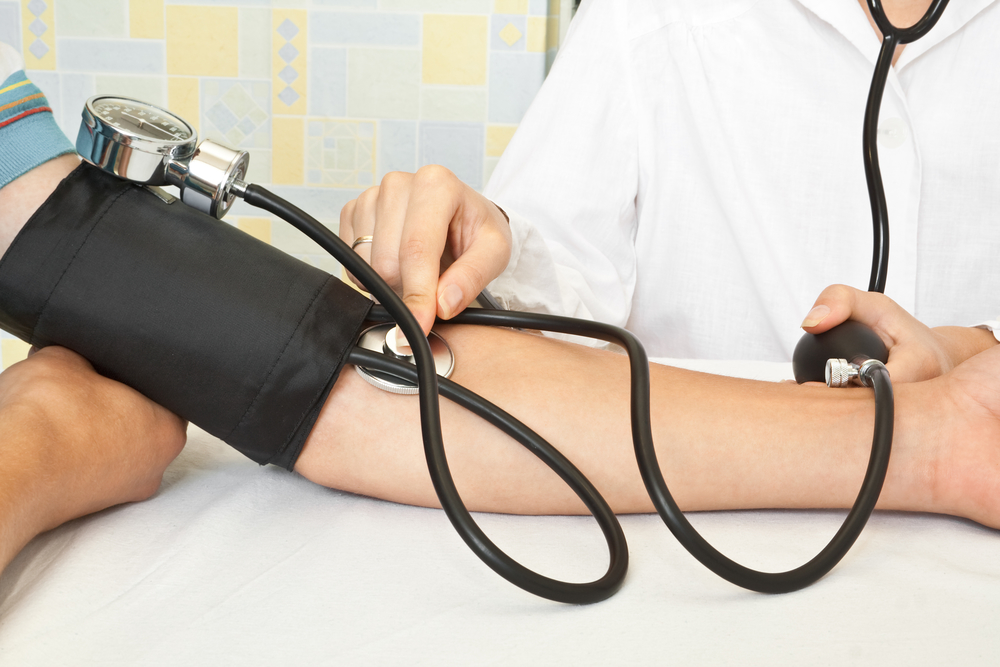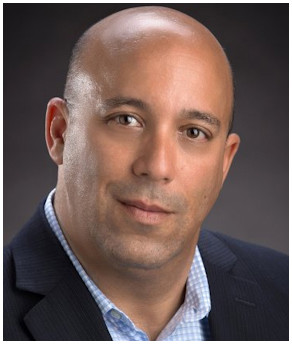Think You DON’T Have High Blood Pressure? Think Again How to manage your blood pressure High blood pressure is known as the “Silent Killer”

New Blood Pressure Guidelines from ACC/AHA
We all know the drill when you go to a doctor. A nurse or medical assistant meets you at the door, weighs you as you go back to your room, and once in the room, takes your blood pressure, pulse, and temperature. But have you ever thought about why these steps are always taken? Blood pressure, pulse, and temperature are all “vital signs,” and they are vital for evaluating existing illness and healthcare-related risks.
Blood pressure is related to many significant health conditions. For that reason, the American College of Cardiologists (“ACC”) and the American Heart Association (“AHA”) are constantly collecting (and sharing) data on blood pressure and adverse health events. The idea is to further our understanding of the relationship between blood pressure and health, so that better recommendations can be made. Recently, the ACC and AHA jointly published their first new set of comprehensive guidelines since 2003.
The new guidelines lower what is considered a healthy blood pressure, in order to encourage earlier intervention. Under these guidelines, nearly 50% of the adult population in the United States will fall into the elevated blood pressure category. As a result, it is expected high blood pressure diagnoses will soon triple in males under the age of 45 and double among women under 45.
The new guideline blood pressure “normal” is less than 120/80 (“120 over 80”). The top number is the systolic blood pressure. This is the highest pressure when your heart beats and pushes your blood through your arteries. The bottom number is your diastolic blood pressure. This is the pressure in the arteries when your heart relaxes between beats. To be considered “normal,” the systolic BP must be less than 120 and the diastolic BP must be less than 80.
Addressing blood pressures greater than 120/80 allows for earlier intervention and possibly treatment with only life style changes such as diet and exercise, rather than medications. The guidelines classify blood pressure measurements into four categories: Normal, Elevated, Stage 1 Hypertension, and Stage 2 Hypertension. In most (but not all) circumstances, blood pressure of any stage other than Stage 2 is initially treated with a trial of lifestyle modification. If lifestyle modifications are insufficient to reduce the blood pressure, then antihypertensive drug therapy may be initiated.
Factors affecting blood pressure include both unmodifiable risk factors and modifiable risk factors. Things like family history, age, sex, and race are factors one cannot change; they are part of who you are. Modifiable risk factors are those things one can change; they are part of what you do, and they include:
-
Lack of activity: One should start an exercise program, after cleared medically.
-
Poor nutrition: Changes in eating habits to address such things as excessive calorie intake and reading labels to cut out excessive sodium intake.
-
Diabetes: One should closely monitor blood sugars and treat them appropriately.
-
Smoking: It is important to stop smoking, as nicotine restricts the blood vessels causing increased blood pressure.
-
Elevated cholesterol: Cholesterol levels should be checked by a physician at least yearly, as more than 50% of people with high blood pressure have elevated cholesterol (generally considered greater than 200). Education regarding a low cholesterol diet should be provided the physician.
-
Stress: Too much stress can either lead to elevated blood pressure or to behaviors that increase blood pressure, such as smoking, drinking, or eating too much. Stress reduction education should be provided if it is believed that stress is contributing to elevated blood pressure.
-
Alcohol: Drinking too much alcohol can raise the levels of triglycerides (a fat in the blood) and can lead to high blood pressure.
Poorly managed or uncontrolled blood pressure can lead to other health complications, including myocardial infarction (heart attack), heart failure, stroke, kidney damage, vision loss, erectile dysfunction, and loss of libido.
Very often, there are no symptoms related to high blood pressure itself. In other words, you might feel just fine, but your blood pressure nevertheless may be elevated and may quietly be increasing your risk of serious health problems. For that reason, a physician must be diligent in assessing for this “Silent Killer.” Your physician needs to monitor your blood pressure regularly and stay informed of the best practices and new guidelines for blood pressure management. Failure to monitor for this “Silent Killer” and to treat blood pressure elevation appropriately may be medical negligence.
If you have any blood pressure related issues that have resulted in serious injury, the medical malpractice attorneys at The Eisen Law Firm can help. We are well-versed in this area and handle only medical malpractice cases. Contact us to schedule an initial consultation. Call 216-687-0900 or contact us online
SOURCE New ACC/AHA High Blood Pressure Guidelines Lower Definition of Hypertension. (2017, November 13). Retrieved from American College of Cardiology: https://www.acc.org/latest-in-cardiology/articles/2017/11/08/11/47/mon-5pm-bp-guideline-aha-2017




